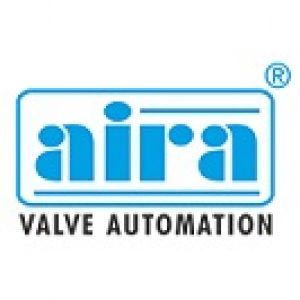The Essential Guide to Water Solenoid Valves: Everything You Need to KnowPosted by Aira Euro on June 24th, 2023  Water solenoid valves play a crucial role in controlling the flow of water in various applications. Whether it's in industrial processes, home appliances, irrigation systems, or healthcare equipment, these valves are essential for regulating water flow. In this comprehensive guide, we will explore the functionality, applications, types, and benefits of water solenoid valves. By the end, you will have a clear understanding of their importance and how they contribute to diverse industries. Understanding Water Solenoid ValvesTo comprehend the significance of water solenoid valves, it's essential to understand their basic principles. Water solenoid valves are electromechanical devices that open or close valve mechanisms to regulate the flow of water. It consists of a solenoid coil, a plunger, and a valve seat. When an electrical current passes through the coil, it generates a magnetic field that activates the plunger, causing the valve to open or close. How Water Solenoid Valves WorkA water solenoid valve is operated through an electrical current. When the coil is energized, the plunger is magnetized, which lifts the valve mechanism, allowing water to flow. In contrast, when the coil is de-energized, the plunger swings back into place, closing the valve and halting the flow of water. This on-off mechanism provides precise control over water flow, making these valves highly efficient and reliable. Applications of Water Solenoid ValvesWater solenoid valves find application in a wide range of industries and sectors. Some common applications include:
Types of Water Solenoid ValvesThere are several types of water solenoid valves, each designed to cater to specific requirements. The common types include:
Factors to Consider When Choosing a Water Solenoid ValveWhen selecting a water solenoid valve, several factors should be taken into account, including:
Considering these factors ensures that the chosen valve meets the specific needs of the application and ensures optimal performance. Installation and Maintenance of Water Solenoid ValvesProper installation and regular maintenance are crucial for the effective and reliable operation of water solenoid valves. It's essential to follow manufacturer guidelines during installation to ensure correct wiring, appropriate sealing, and proper alignment. Routine maintenance should include inspections, cleaning, and testing to detect any issues or potential malfunctions. Benefits of Using Water Solenoid ValvesWater solenoid valves offer several benefits, including:
By harnessing these advantages, industries can enhance their operational efficiency and optimize resource management. Troubleshooting Common Issues with Water Solenoid ValvesWhile water solenoid valves are generally reliable, certain issues may arise over time. Common problems include valve leaks, solenoid coil failures, debris accumulation, and electrical malfunctions. This section of the guide will provide troubleshooting tips and techniques to address these issues effectively. Future Trends in Water Solenoid Valve TechnologyAs technology continues to advance, water solenoid valves are expected to evolve as well. Some future trends in this field include the integration of smart features for remote monitoring and control, improved energy efficiency through innovative designs, and the use of advanced materials for enhanced durability. Conclusion Water solenoid valves are indispensable devices in numerous industries, ensuring efficient control and regulation of water flow. Understanding their functionality, applications, and types is crucial for selecting the right valve for specific needs and ensuring optimal performance. By embracing the benefits of water solenoid valves and staying updated with the latest advancements, industries can enhance their processes, conserve resources, and improve overall productivity. Like it? Share it!More by this author |


